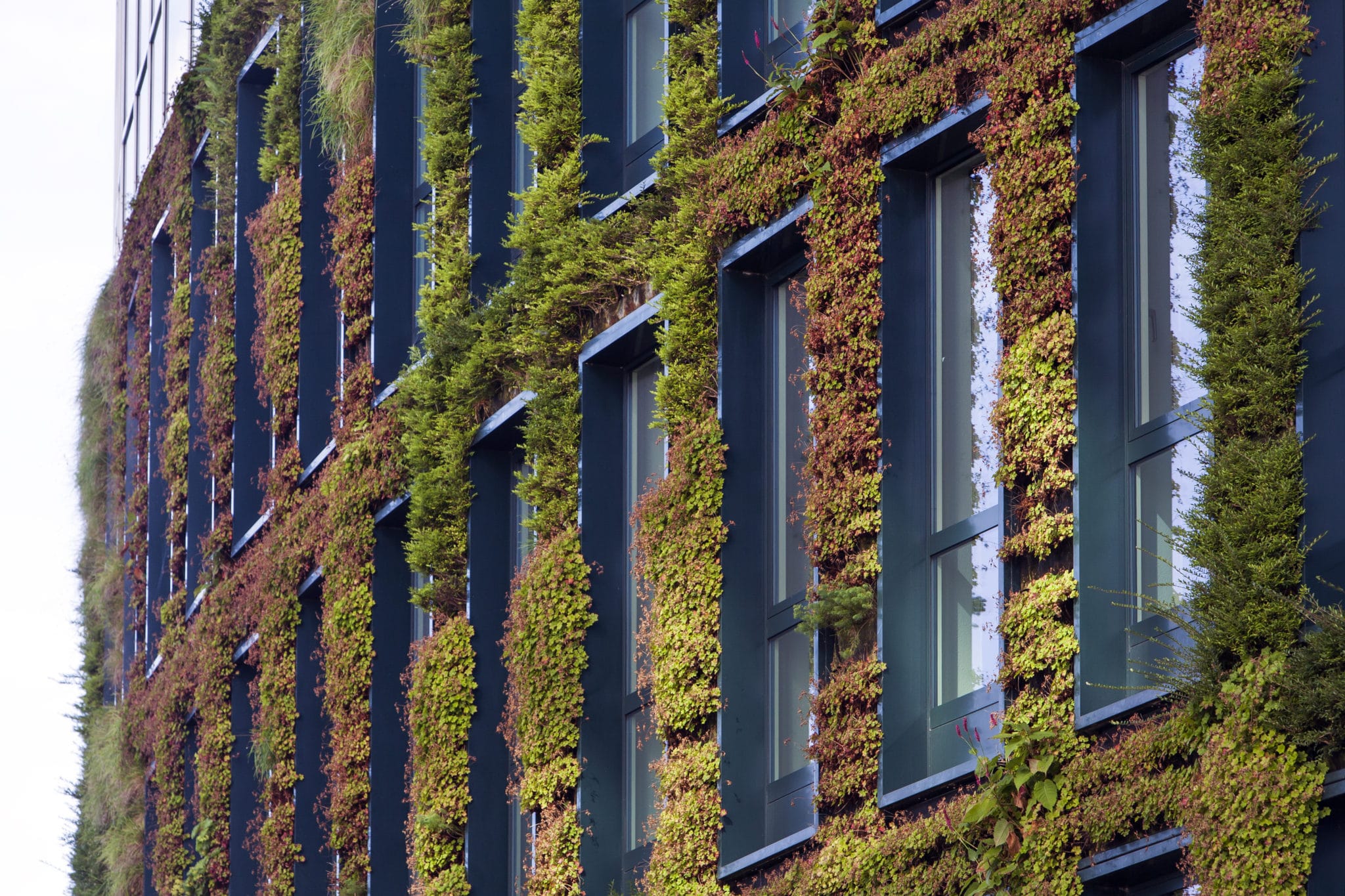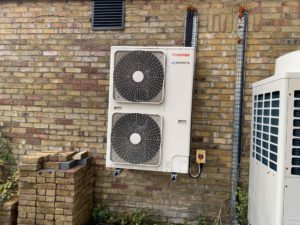Across the construction sector, developers are changing the status quo by introducing environmentally responsible construction approaches to help reduce impact. Here are 5 tips for environmentally responsible construction and how you can implement them into your next build.
Sadly, the construction industry gets a bad rap in terms of sustainability. It’s easy to see why when the sector contributes to 23% of air pollution, 50% of the climatic change, 40% of drinking water pollution and 50% of landfill wastes. In addition, 32% of landfill waste comes from the construction and demolition of buildings.
There’s many organisations across the globe making waves in sustainable construction, becoming inspiration for us all and it’s super exciting to see how the world is going to change and create magnificent environmentally responsible construction. So, where do we start?
In this blog, we will go through 5 ways that we can implement environmentally responsible construction:
- Sustainable materials
- Passivhaus Design
- Increase your energy efficiency
- Safe waste management
- Choose between new build or reuse.
Keep reading to find out more.
1 – Sustainable materials.
Sustainable materials are the ‘go-to’ for many construction developers when trying to be environmentally responsible due to their low environmental impact. Using eco-friendly materials is super beneficial for the construction industry as it’s positive for the environment and for the occupants of the building. Building a green home reduces carbon emissions, saves energy and money on energy bills, meaning you provide your customers with a long term investment.
You might not think so, but there’s many sustainable materials to consider. Developers can go into depth with eco-friendly windows, insulation, foundations, bricks when building their client’s home. They will then purchase specialised recycled materials such Aluminium, Wood Fibre, Sheep Wool, Ashcrete and many more.
However, a bad design can cancel out any gains you will make when choosing eco-friendly materials, which is why it’s so important to choose to get a sustainability consultant on board as early as possible. To see how eco design and eco materials can go hand in hand, check out our Deanfield House client story.
2 – Passivhaus design.
Passivhaus is the real deal when it comes to environmentally responsible construction. Passivhaus (EnerPHit) is a brilliant solution that provides the construction industry with approaches to create net-zero builds as well as retrofitting existing. The Passivhaus design was created to consume 90% less heating and cooling energy than the conventional building, helping to keep the occupants comfortable through the winter and cool in the summer.
However, every building that is designed as a Passivhaus needs to pass the Passivhaus standard. Passivhaus is actually a German approach developed by the PassivHaus Institute and can only be certified through a rigorous quality assurance process, but it’s totally worth it.
Throughout Europe, construction developers have been using Passivhaus to create incredible buildings that are top of the Passivhaus standard. If we move closer to home, London is also introducing Passivhaus into their construction space with a development being built in Canary Wharf set to be Europe’s largest Passivhaus scheme. Passivhaus is definitely one to watch!
3 – Increase your energy efficiency.
Being energy efficient is essential in reducing your impact on the environment. Energy efficiency means you will be using less energy across the home, reducing energy waste and yourself saving money.
There’s many ways to reduce your energy efficiency such as:
- Replacing light bulbs with LED
- Using natural heating
- Investing in double or triple glazing
- Choosing energy efficient appliances
- Insulating your loft and walls
However, how do you know whether you are increasing your energy efficiency? The construction industry uses the Energy Performance Certificate (EPC) to understand the energy efficiency and carbon emission of your home. The EPC is typically used for buildings that are being sold let or constructed in the UK. If you need an Energy Performance Certificate for your home or project, you can visit the Gov website to find a registered domestic assessor in your area.
RELATED: WHAT IS A KILOWATT HOUR?
4 – Safe waste management.
It’s no secret that the construction industry is responsible for a large amount of waste generation. Developers also need to take into consideration the end of a building’s life, where materials need to be deconstructed or demolished, which can generate a significant amount of waste too. Construction waste can include materials such as insulation, wood, glass, paints, metallic wastes and much more.
There’s many plans that consider safe waste management such as the BREEAM which can be introduced before construction begins at a site. This will allow developers to see how materials can be managed efficiently and disposed of legally during and after the construction process. There’s also an opportunity to explore how to reuse and recycle materials, giving developers knowledge and ability to make the most environmentally friendly decision.
Another safe waste management approach is the Waste Water Heat Recovery (WWHR) which can be considered once the home is built! The WWHR extracts heat from the water that is used from your shower and repurposes it to warm the incoming mains water. It does this by passing the waste water through a heat exchanger and then using it to pre-warm the cold feed of your thermostatic shower.
RELATED: IS IT ENOUGH TO SIMPLY REDUCE OUR ENVIRONMENTAL IMPACT?
5 – Choose between a new build or re-use.
If you are about to purchase a build, we understand that trying to decide whether a new build or a reuse is more environmentally responsible can be confusing: but, it’s a choice many developers need to make. There’s many pros and cons to both such as financial returns, building risks and environmental responsibilities.
In a nutshell, new builds are typically worse for the environment, but in fact, the amount of greenhouse gases that are released pollutes more than the refurbishments. In addition, carbon emissions from a new build have been shown to be higher than a renovation after 30 years, suggesting that a focus on renovations would work towards reducing carbon emissions.
There’s multiple schemes to help with both situations such as the New Green Homes grant which encourages home owners to refurbish current homes and also the Building, better, building beautiful project which was created to promote high quality designs for new homes and neighbourhoods across England.
At the end of the day, choosing between a new build or reuse is down to you. Read the blog ‘New Build VS Re-Use: What’s Better Environmentally?’ to find out more.
Can Buildpass help me make my construction project more sustainable?
It can be tricky to figure out what is best for you and your project, especially when considering environmentally responsible construction. But, we can help. We offer a range of services such as Energy Performance Certificates, Daylight Calculations, Renewable Energy Feasibility Studies, Passivhaus and much more.
Book in for a call with a member of the team so we can discuss your situation and book the next steps!





















